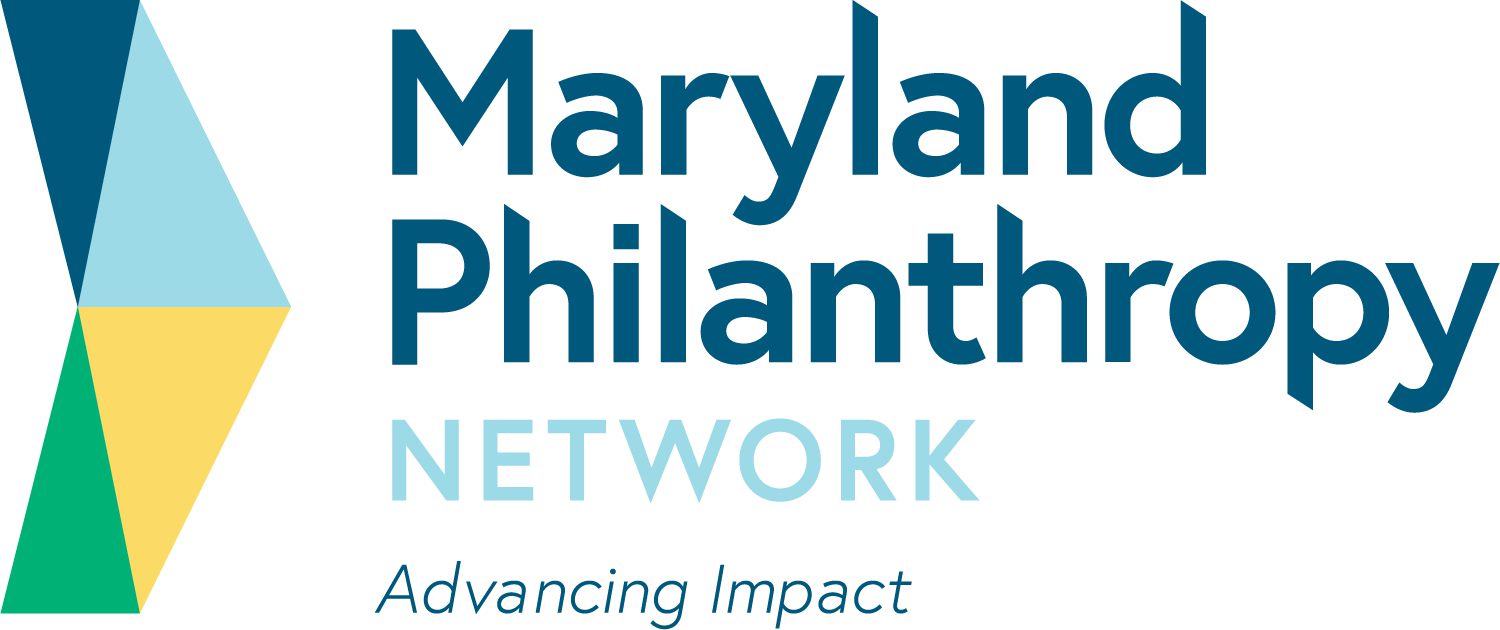Demographic Data Collection: The Personal, the Practical, and the Potential for Impact
Within my first couple weeks of starting college, my Junior Advisor (Williams College’s student equivalent of a dorm parent) gathered a dozen of my “entry” mates for our Welcoming Williams session, which I now recognize was my first ever formal diversity, equity, and inclusion training. Sitting in a big circle on the floor of our common room, we each had to take turns speaking aloud a series of different identities, whether they were ours or not.
“I’m Kevin, and I am gay.” It was the first time I’d ever said those words out loud.
And even though it would be a couple more years before I fully owned their truth for me and said them aloud again, that moment is seared into my memory. During those turbulent years of quiet self-revelation, if Williams had given me an anonymous survey with a question about my sexuality, I would have been joyful to check my boxes, to be counted, to feel recognized in that small way, to see the results, and to know how alone I actually was not.
I share that story as a reminder that philanthropy’s sometimes academic conversation about “demographic data” is, at one level, deeply personal.
Of course, collecting demographic data is about more than an individual being asked about their identity and telling their truth. Collecting and reflecting on demographic data is about creating a fuller picture that can lead to understanding, inclusion, and representation. Now, as someone who leads a team, I see its power in helping to build a sense of inclusion and belonging — to open up recognition of the hidden identities we all carry as well as those that are often, though not always, more externally visible like race and gender.
Click here to read the full article.
Source: The Center for Effective Philanthropy
FIND MORE BY:

